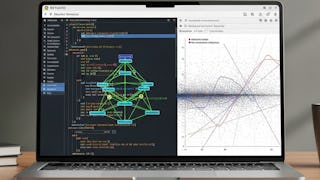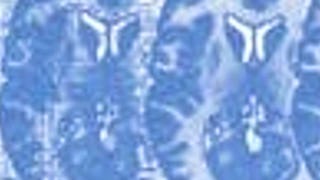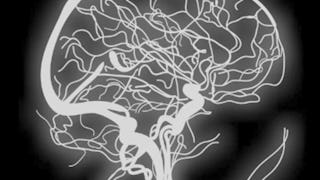Neurohacking describes how to use the R programming language (https://cran.r-project.org/) and its associated package to perform manipulation, processing, and analysis of neuroimaging data. We focus on publicly-available structural magnetic resonance imaging (MRI). We discuss concepts such as inhomogeneity correction, image registration, and image visualization.

Enjoy unlimited growth with a year of Coursera Plus for $199 (regularly $399). Save now.

Introduction to Neurohacking In R
This course is part of Neuroscience and Neuroimaging Specialization



Instructors: Dr. Elizabeth Sweeney
25,316 already enrolled
Included with
(314 reviews)
Skills you'll gain
Details to know

Add to your LinkedIn profile
26 assignments
See how employees at top companies are mastering in-demand skills

Build your subject-matter expertise
- Learn new concepts from industry experts
- Gain a foundational understanding of a subject or tool
- Develop job-relevant skills with hands-on projects
- Earn a shareable career certificate

There are 4 modules in this course
What's included
3 videos1 reading1 assignment
In this section, we will discuss different formats that brain images come in, as well as some of the commonly done magnetic resonance imaging (MRI) scans.
What's included
7 videos6 assignments
In this section, we will discuss the steps done to process brain MRI data. We will discuss inhomogeneity correction, brain extraction or skull stripping, and various image registration techniques.
What's included
9 videos9 assignments
In this section, we will discuss the different types of registration and how one would go through processing a multi-sequence MRI scan, as well as wrapper functions that make the process much easier. We also cover interactive exploration of brain image data and tissue-level (white/gray matter and cerebrospinal fluid (CSF)) segmentation from a T1-weighted image.
What's included
11 videos1 reading10 assignments
Earn a career certificate
Add this credential to your LinkedIn profile, resume, or CV. Share it on social media and in your performance review.
Instructors

Offered by
Explore more from Data Analysis
 Status: Preview
Status: Preview Status: Free Trial
Status: Free TrialJohns Hopkins University
 Status: Free Trial
Status: Free TrialJohns Hopkins University
 Status: Preview
Status: PreviewUniversity of Washington
Why people choose Coursera for their career




Learner reviews
314 reviews
- 5 stars
71.01%
- 4 stars
22.29%
- 3 stars
4.14%
- 2 stars
1.27%
- 1 star
1.27%
Showing 3 of 314
Reviewed on Jan 28, 2025
It was wonderful learning from these amazing Lecturers
Reviewed on Jan 18, 2017
It would have been better if there were practical exercises, nevertheless it was very comprehensive for basic procedures of fMRI analysis.
Reviewed on Apr 4, 2018
Great concise walk-through of neuro-imaging techniques. Low quality audio and a lot of background noise though.
Frequently asked questions
To access the course materials, assignments and to earn a Certificate, you will need to purchase the Certificate experience when you enroll in a course. You can try a Free Trial instead, or apply for Financial Aid. The course may offer 'Full Course, No Certificate' instead. This option lets you see all course materials, submit required assessments, and get a final grade. This also means that you will not be able to purchase a Certificate experience.
When you enroll in the course, you get access to all of the courses in the Specialization, and you earn a certificate when you complete the work. Your electronic Certificate will be added to your Accomplishments page - from there, you can print your Certificate or add it to your LinkedIn profile.
Yes. In select learning programs, you can apply for financial aid or a scholarship if you can’t afford the enrollment fee. If fin aid or scholarship is available for your learning program selection, you’ll find a link to apply on the description page.





